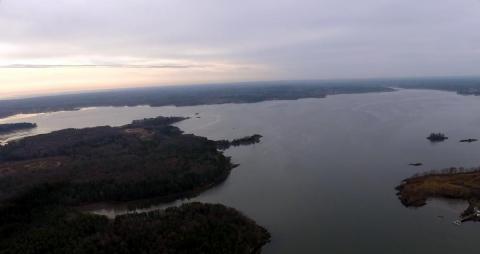
NHDES Pollutant Tracking and Accounting Project
We are excited to announce that the PTAP database is now live with several enhanced features. In addition to the existing annual reporting and accounting summaries we have created an export csv that can be imported directly into the BMP Accounting and Tracking Tool (BATT) which is EPA Region 1 accounting preference. We have also added nonstructural BMP tracking and export csv tools for the BATT as well.
If you haven't identified a municipal (town) administrator yet send us your nominee and we will set up an account for them. The purpose for a town administrator is to review, edit and approve submittals for projects in your municipality.
Database Access
PTAP online database
If you are a PTAP municipal partner
PTAP Participant Instructions
If you need detailed instructions
PTAP Database Instructions
For crediting and annual report development PTAP is employing the EPA Region 1 BMP Accounting and Tracking Tool (BATT)
BATT Download
If you have any questions please contact Sally Soule: Sally.Soule@des.nh.gov or James Houle: james.houle@unh.edu
Project Description
The Great Bay estuary and its tributaries are becoming increasingly polluted (PREP, 2013, DES, 2014). Due to declining water quality in Great Bay and other water bodies, Great Bay watershed communities currently face regulatory requirements to improve water quality such as Administrative Orders of Consent and MS4 stormwater permits. These requirements necessitate tracking of NPS control projects designed to mitigate and reduce pollutants entering Great Bay and accounting for the pollutant load reductions achieve. The majority of pollutants in the bay originate from sources of pollution spread across the watershed rather than municipal wastewater treatment facilities. These sources of pollution are called non-point sources of pollution (NPS) and consist of septic systems, fertilizers and air pollution (PREP, 2013, DES, 2014). Stormwater from impervious cover (IC), such as roads and parking lots, is a major pathway for NPS pollutants.
Tracking and accounting for pollutant load reductions achieved through various NPS control projects is challenging. Some communities have initiated steps to develop tracking systems; however, regional consensus has not been reached on accounting or tracking methods. Communities in the region agree that regional coordination on tracking and accounting is needed and would be beneficial; however, implementation resources are limited.
This project will result in the creation of guidelines and recommendations for tracking and accounting systems and identify potential tools that will enable municipalities to perform a quantitative assessment of pollutant load reductions associated with nonpoint source management activities in the Great Bay region.